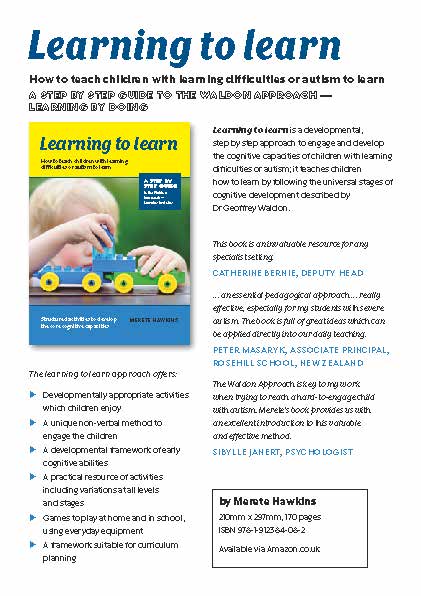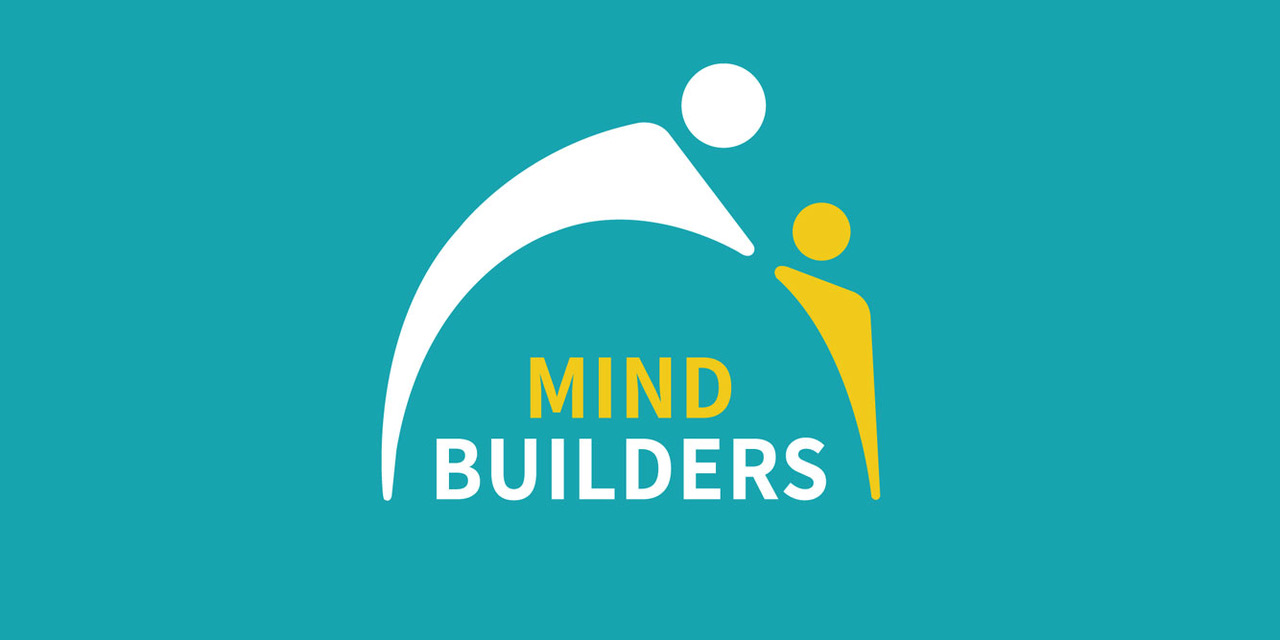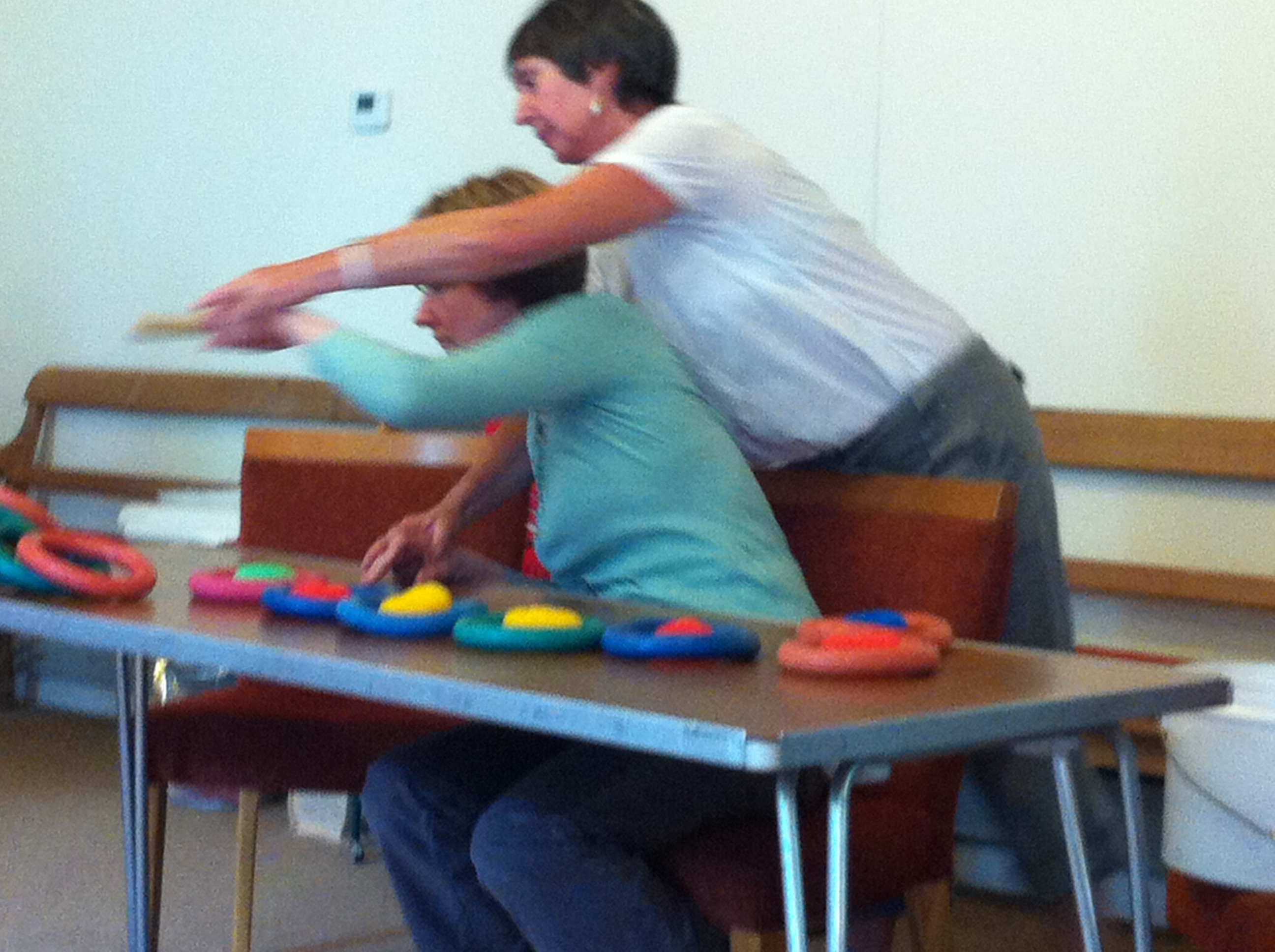"Learning to learn" with the Waldon Method
ATTENTION! The next WALDON WORKSHOP will take place on Friday 25.11.2022 in Munich/ Germany.
The Waldon Approach: Learning to Learn
Skills to learn learning:
The focus of the Waldon Method is to foster and develop the skills of 'learning to learn':
- make an effort and make an effort
- stay focused
- stay tuned with interest in an activity
Non-verbal skills must be learned FIRST
What is special about the 'learning to learn' approach is that it is non-verbal, - because that is how young children learn in order to develop their early mental capacities. They learn only through their own movements and physical experiences. Not through language. That comes later. Verbal speech develops from the primary understanding that the child has acquired for himself and actively in dealing with his environment. Without this fundamental understanding of 'this is how it works', both of his own body and of the world of objects, no meaningful language is possible.
Learning HANDBOOK
For anyone interested in learning more about the Waldon Method, Merete Hawkins' book is helpful, both to better understand this little-known approach and to be able to put it into practice with children with experienced guidance

The 'Learn to Learn' Hour
In a 'learning to learn' lesson, the adult prepares activities that resemble a child's early learning situation, guiding the child through the movements and directing the child to handle and play with the objects.
The child learns to focus and engage in these play sequences by means of activities and play materials that can be easily adapted to the child's particular stage of development and progress.
Workshop: 'Learning to Learn' WALDON Method for beginners and for advanced
In this workshop you will learn:
- Why putting in and taking out are so important
- How children learn (only) by doing (learning by doing)
- Assess the mental and movement milestones of the first years of life.
- Main features of the 'learning to learn' approach
- How to plan activities for a child at home
- Ideas for suitable activities and play materials
- How to deal with challenging behaviors
LEARN MORE:
Die Waldon Methode ist eine Theorie über die grundlegendsten Elemente für Lernen und Entwicklung eines Menschen, darüber, wie Verstehen entsteht und wie ein Kind lernt zu verstehen. Wie wir lernen, uns anzupassen, und zu überleben. Die pädagogische Anwendung dieser Ideen nennt sich Waldon-Ansatz und kann in vielen verschiedenen SItuationen genutzt werden, mit Menschen in jedem Alter und auf jeder Stufe der Fähigkeiten. Am häufigsten wird er benutzt von Eltern und Fachleuten … read more here: The Waldon Association, UK


